When it comes to upgrading flow measurement tools in the industrial world, calibration is a big deal. It’s not just about how they look or what they’re made of – calibration is the key to feeling sure about the accuracy of your measurements. It’s like the bridge between what you expect and what you want to achieve.
The precision of calibration can either make or break your confidence in the measurements, especially in industries where being “good enough” isn’t acceptable. Consider, for instance, the fields of pharmaceutical production and custody transfer, where regulatory frameworks operate with an uncompromising emphasis on precision. In the pharmaceutical realm, where the formulation of drugs demands an exquisite blend of accuracy and consistency, any deviation in measurement can lead to compromised product quality and, subsequently, jeopardize patient safety. Likewise, in the realm of custody transfer – the critical process of transferring products from one party to another – precision is paramount. Any miscalculation in quantity can have profound financial implications and potentially lead to disputes.
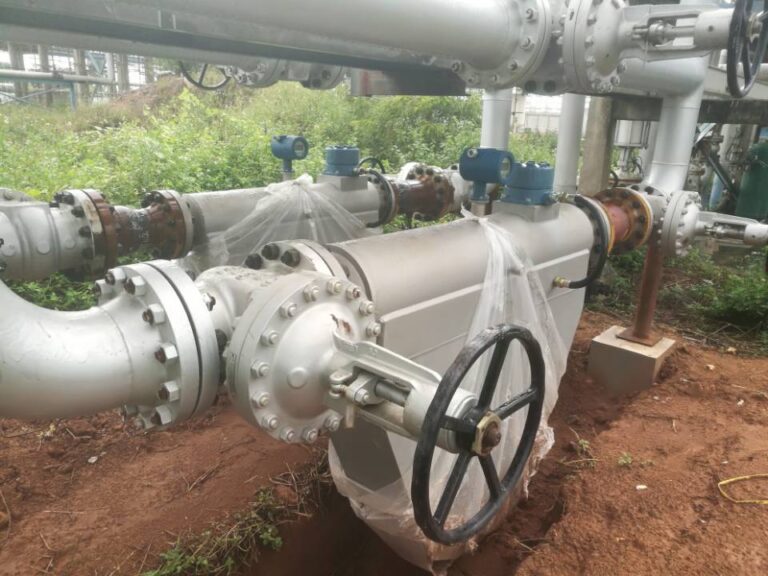
So, why does calibration matter beyond the technical details? Well, think about it like this: the quality of the product a company produces is directly influenced by how well their devices are calibrated. This suggests that inaccuracies at this foundational level have far-reaching consequences, affecting not only the efficiency of industrial processes but also the integrity and compliance of the end product.
So, before we dive into the step-by-step guide on calibrating Coriolis mass flow meters, let’s first understand what makes these meters indispensable to various industries.
What makes Coriolis flow meters indispensable to various industries
Coriolis flow meters are important tools used in various industries because of their exceptional accuracy and versatility in measuring mass flow rates. Unlike traditional flow meters, Coriolis meters work based on the Coriolis effect, where fluid is deflected as it moves through a vibrating tube. This unique mechanism allows for precise measurement of mass flow and offers advantages that make Coriolis flow meters essential in different industrial applications.
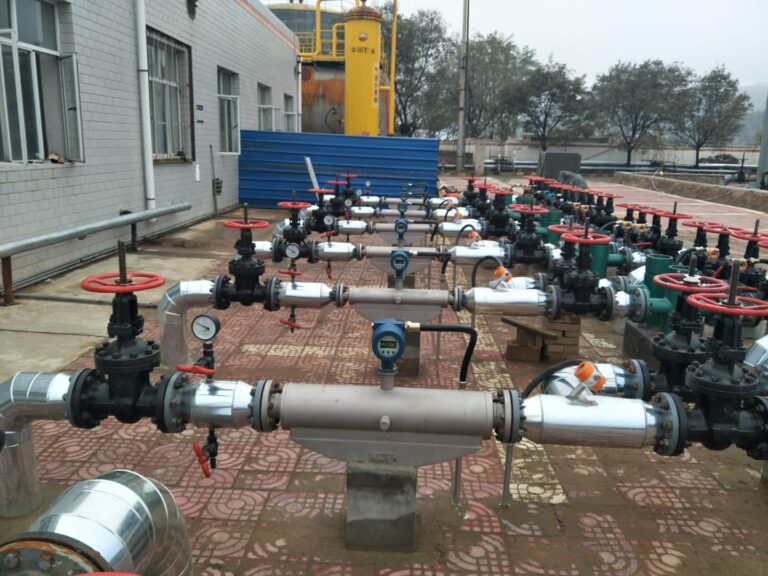
One key reason for the importance of Coriolis flow meters is their inherent accuracy. These meters directly measure mass flow, eliminating the need for additional adjustments for density or temperature. This accuracy is essential in industries that require precision, such as pharmaceuticals, chemical manufacturing, and custody transfer processes.
Coriolis flow meters are also known for their versatility in handling various fluids, including liquids and gases with different viscosities. This adaptability makes them suitable for industries with diverse production processes, like monitoring raw materials in food and beverage production or blending chemicals in manufacturing.
The real-time measurement capability of Coriolis flow meters adds another layer of value. Industries requiring continuous monitoring and quick response to flow rate changes, like oil and gas, benefit significantly from the instantaneous and accurate feedback provided by Coriolis meters. This real-time data helps optimize processes, reduce waste, and enhance overall operational efficiency.
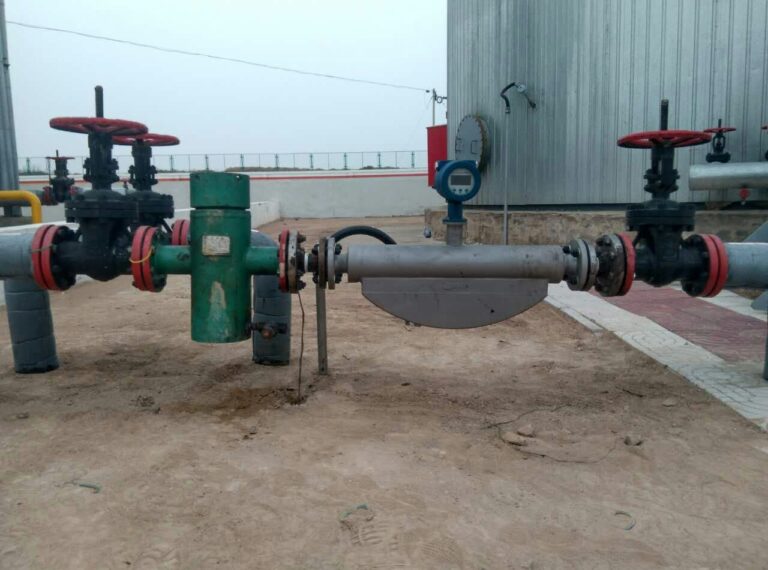
Additionally, Coriolis flow meters have minimal pressure drop during operation, ensuring that the flow characteristics of the substance being measured remain largely unaffected. This is particularly advantageous in applications where maintaining consistent pressure levels is critical, such as in the semiconductor and electronics manufacturing industry.
Having recognized the significance of these meters in diverse industries, it’s important to understand why calibration plays a pivotal role in ensuring their optimal performance.
Why Calibration is Necessary
Calibration stands as a critical cornerstone in the realm of flow measurement, driven by its indispensable role in ensuring accuracy. Precision in flow measurement holds paramount importance across diverse industries, as it profoundly influences the quality and integrity of operational processes. The meticulous process of calibration is instrumental in fine-tuning measurement tools, such as Coriolis flow meters, to consistently deliver accurate and reliable readings. This precision serves as the bedrock for achieving operational excellence.
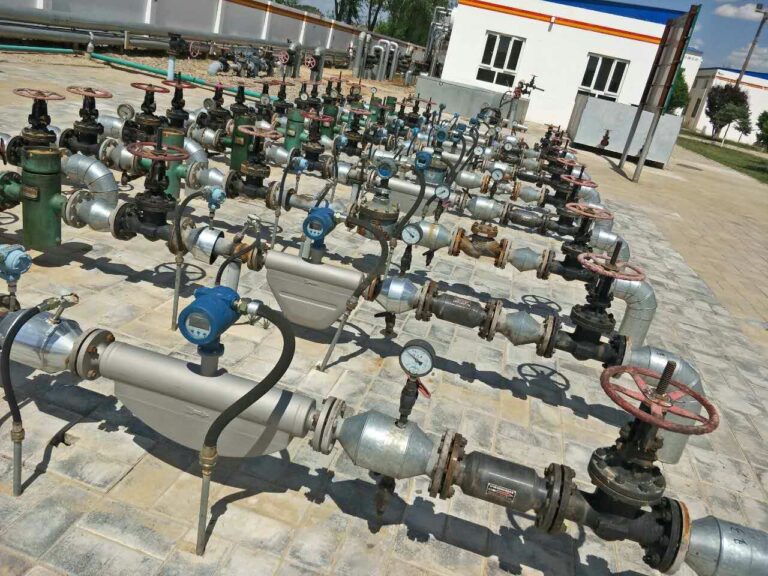
Preparing for Calibration
Preparing for calibration is a meticulous process, requiring careful consideration of several key aspects to guarantee accurate and reliable measurements. The success of the calibration procedure hinges on the thoughtful assembly of necessary tools and equipment. Precision instruments like calibration standards, reference meters, and any specialized tools specific to the device being calibrated are essential components. Adequate preparation, coupled with the right equipment, lays the groundwork for a seamless calibration process.
Safety precautions are of paramount importance during the calibration preparation phase. Creating a secure work environment is vital, and achieving this involves implementing safety protocols, including the use of proper personal protective equipment and ensuring a well-ventilated workspace. Additionally, having a clear understanding of potential risks associated with the calibration process and establishing emergency protocols contributes to overall safety.
Before delving into the calibration itself, thorough initial checks and assessments are imperative. This step involves inspecting the condition of the instrument to be calibrated, verifying its functionality, and identifying any potential issues that may impact the calibration outcome. Conducting these assessments beforehand ensures that the calibration process is built on a solid and reliable foundation.
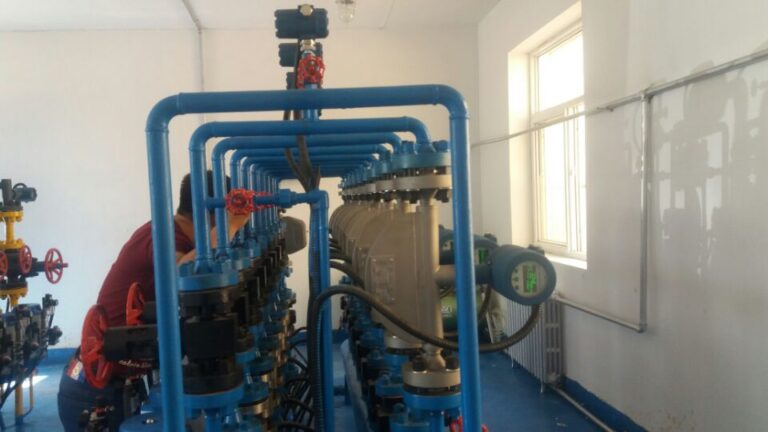
Step-by-Step Calibration Process
Calibrating instruments is a systematic process that involves multiple steps to ensure precision and reliability in measurements. The step-by-step calibration process is pivotal in achieving accurate results and maintaining the integrity of various industrial operations.
The first phase involves establishing a baseline for the instrument, which is critical for subsequent measurements. This baseline is established through two primary steps: zero-point calibration and span calibration. Zero-point calibration involves setting the instrument to a reference point where there is no measurable quantity. This initial calibration ensures that the instrument starts from a reliable and accurate baseline.
Span calibration, on the other hand, involves adjusting the instrument to a reference point where the maximum expected measurement occurs. Together, these steps create a calibrated range for the instrument, setting the stage for accurate measurements across its full scale.
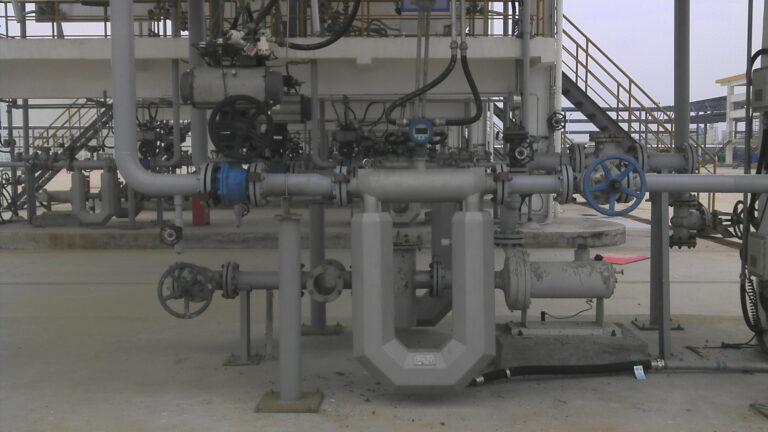
Once the baseline is established, the calibration procedure is executed in a meticulous manner. This involves adjusting parameters within the instrument to align with the reference standards. The calibration process might include fine-tuning settings such as sensitivity or response time. Subsequently, the accuracy of the instrument is verified by comparing its readings to those of a known reference. This step ensures that the instrument provides reliable measurements within the defined calibration range.
Recording calibration data is the final step in the process, and it is equally crucial. Accurate documentation of the calibration procedure, including adjustments made and verification results, serves as a comprehensive record. This documentation is valuable for quality control, regulatory compliance, and troubleshooting. It provides a transparent trail of the instrument’s performance over time, aiding in the identification of any deviations and facilitating timely corrective actions.
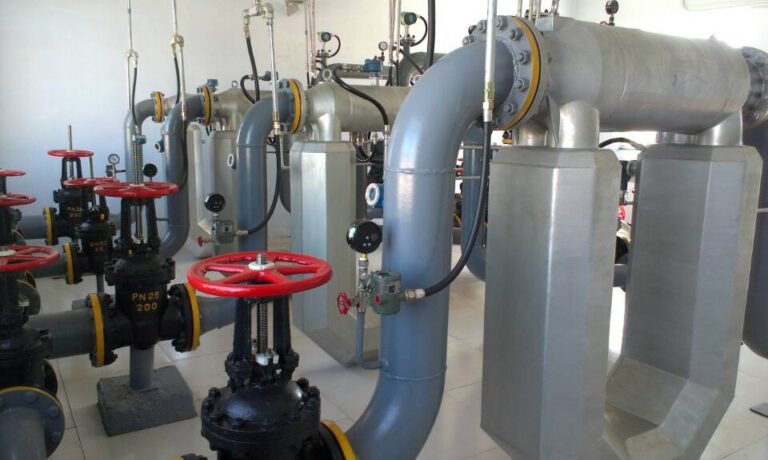
Troubleshooting and Common Challenges
Troubleshooting during the calibration process is a critical aspect of ensuring accurate and reliable measurements. Identifying potential issues early on is key to maintaining the precision of instruments and preventing disruptions in industrial operations.
When it comes to identifying potential issues during calibration, thorough attention to detail is essential. This includes scrutinizing instrument readings for inconsistencies, checking for anomalies in the calibration equipment, and being vigilant about environmental factors that might impact the calibration process. Calibration technicians should also be adept at recognizing signs of wear and tear on instruments, as these can affect calibration accuracy.
To effectively troubleshoot and resolve common challenges during calibration, technicians can follow a few key tips.
First, double-checking the calibration equipment to ensure its proper functioning is crucial. Calibrating the calibration tools, so to speak, ensures the reliability of the entire process.
Additionally, verifying that the instrument being calibrated is in optimal condition and free from any contaminants or damage is paramount.
Lastly, regular training for calibration technicians on the latest troubleshooting techniques and staying informed about potential challenges specific to the instruments in use should also be considered as it can also significantly enhance the troubleshooting process.
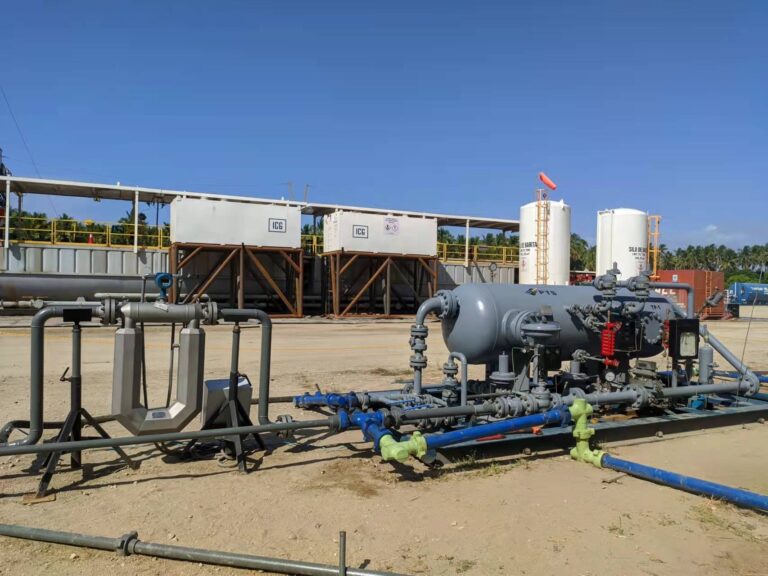
Best Practices for Calibration
Adhering to best practices for calibration is imperative to guarantee the accuracy and reliability of instruments in industrial settings. Firstly, maintaining regularity in calibration intervals is crucial. Establishing a consistent schedule for calibration ensures that instruments are continuously fine-tuned, preventing the risk of inaccuracies and deviations over time. This proactive approach contributes to the overall precision of measurements, enhancing the quality and efficiency of industrial processes.
Documenting calibration procedures and results is equally vital. Thorough documentation provides a comprehensive record of the calibration process, including adjustments made and verification outcomes. This documentation is a valuable asset for quality control, compliance, and troubleshooting needs. It enables technicians to track the performance history of instruments, facilitating timely identification and resolution of any issues that may arise.
Furthermore, collaboration with manufacturers plays a pivotal role in achieving optimal calibration outcomes. Engaging with manufacturers for support and guidance ensures that calibration processes align with the instrument specifications and industry standards. Manufacturers can offer insights into specific nuances of the instruments, provide updates on best practices, and offer assistance in troubleshooting, ultimately enhancing the effectiveness of the calibration process.

Final Checks and Quality Assurance
Final checks and quality assurance are essential parts of calibrating instruments to make sure they work well and provide accurate measurements. After calibration, there’s a vital step called post-calibration verification, where we check the instrument readings against reference standards to confirm they’re accurate within the specified range. This verification gives us the confidence that the instrument is finely tuned and ready for precise measurements.
During the final checks, we pay attention to the flow meter’s consistency. We monitor it over time to make sure it gives stable and reliable readings consistently. This consistency is essential for maintaining operational excellence in various industrial applications and helps us catch any fluctuations that could affect processes.
The last phase of quality assurance involves addressing any remaining issues or deviations observed during calibration or post-calibration verification. This might mean adjusting parameters, checking for external influences, or seeking guidance from manufacturers. By dealing with these remaining discrepancies, calibration technicians ensure the instrument’s accuracy and reliability, contributing to the success of the calibration process.
